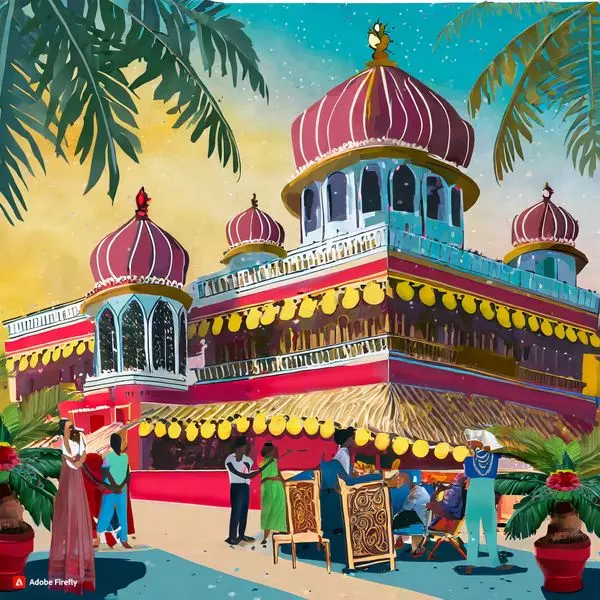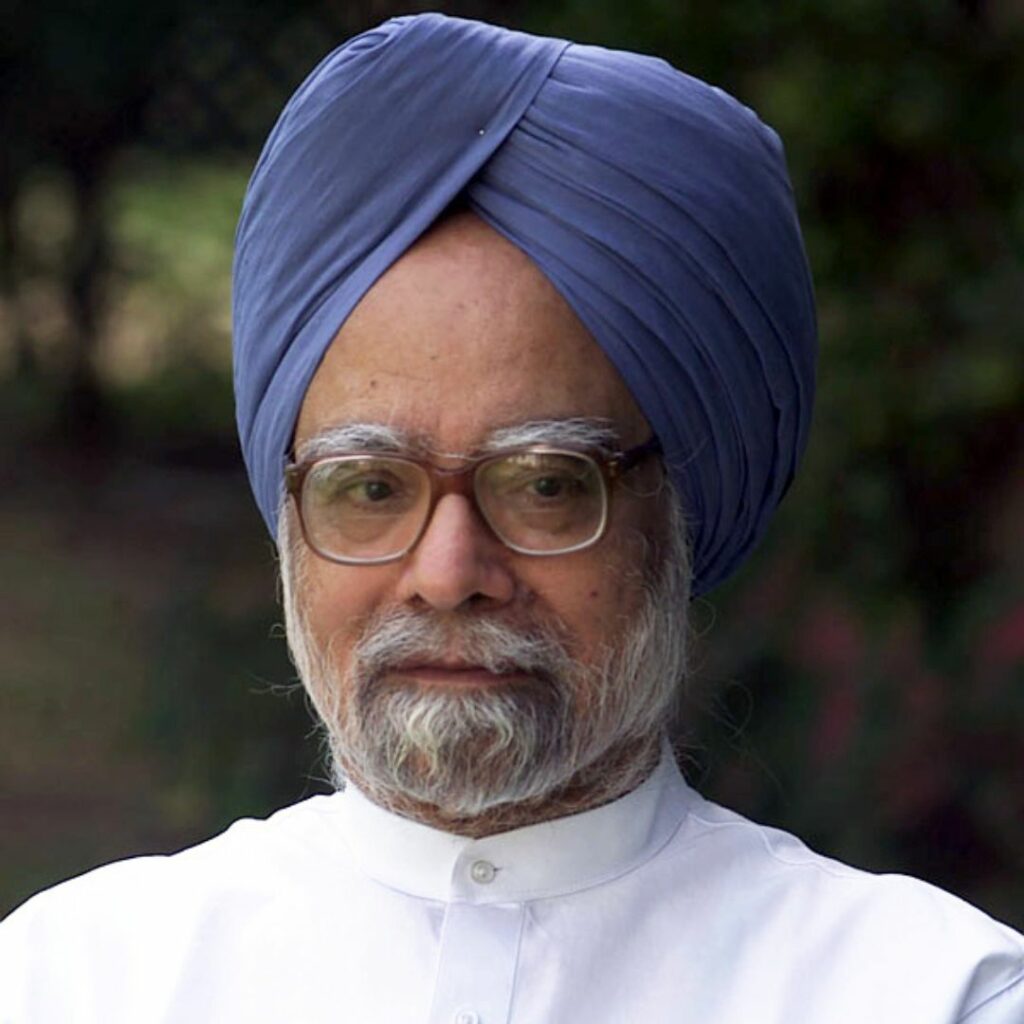On the occasion of Dadasaheb Phalke’s birth anniversary, we take a brief glimpse into the life and legacy of the eminent figure who is often regarded as the “Father of Indian cinema.” Dadasaheb Phalke, renowned for his multifaceted talents, is remembered for his remarkable contributions to the Indian film industry and his pioneering role in shaping its early development.
Born in 1870 as Dhundiraj Govind Phalke in the city of Trimbak, Nashik, Maharashtra, Phalke hailed from a respected Brahmin Marathi family. His father, a notable Sanskrit scholar, and his mother, a homemaker, provided the foundation for his upbringing in a household of nine, comprising three sons and four daughters.
Despite the challenges of British colonial India, Phalke’s family appeared to be financially stable, enabling him to complete his matriculation and pursue education at prestigious institutions such as the Sir JJ School of Art. At the tender age of 15, he enrolled in Mumbai’s oldest art institute, delving into the world of drawing. However, his early marital life was marred by tragedy, as both his wife and child succumbed to the plague, leaving him bereft.
In his pursuit of creative expression, Phalke explored various artistic mediums, including oil and watercolor painting, architecture, and photography. His foray into photography led him to experiment with the craft, eventually setting the stage for his later endeavors in the field of filmmaking.
Following a brief stint as a professional photographer, Phalke delved into the realm of illusions and trick photography, honing his skills under the tutelage of the German illusionist Carl Hertz. These acquired abilities would later manifest in his cinematic works, underscoring his innovative approach to storytelling.
Phalke’s personal life also witnessed a second marriage to Girija, also known as Saraswati, marking the beginning of a fruitful partnership that extended to their collaborative efforts in the world of art and cinema. While not widely known, Phalke briefly served with the Archaeological Survey of India before venturing into the establishment of a printing press, the Laxmi Art Printing Works, in Lonavala. This venture brought him into close association with the celebrated artist Raja Ravi Varma, further enriching his creative journey.
As we commemorate the enduring legacy of Dadasaheb Phalke, his multifaceted journey serves as a testament to his enduring impact on Indian cinema and his significant contributions to the realms of art and culture.











